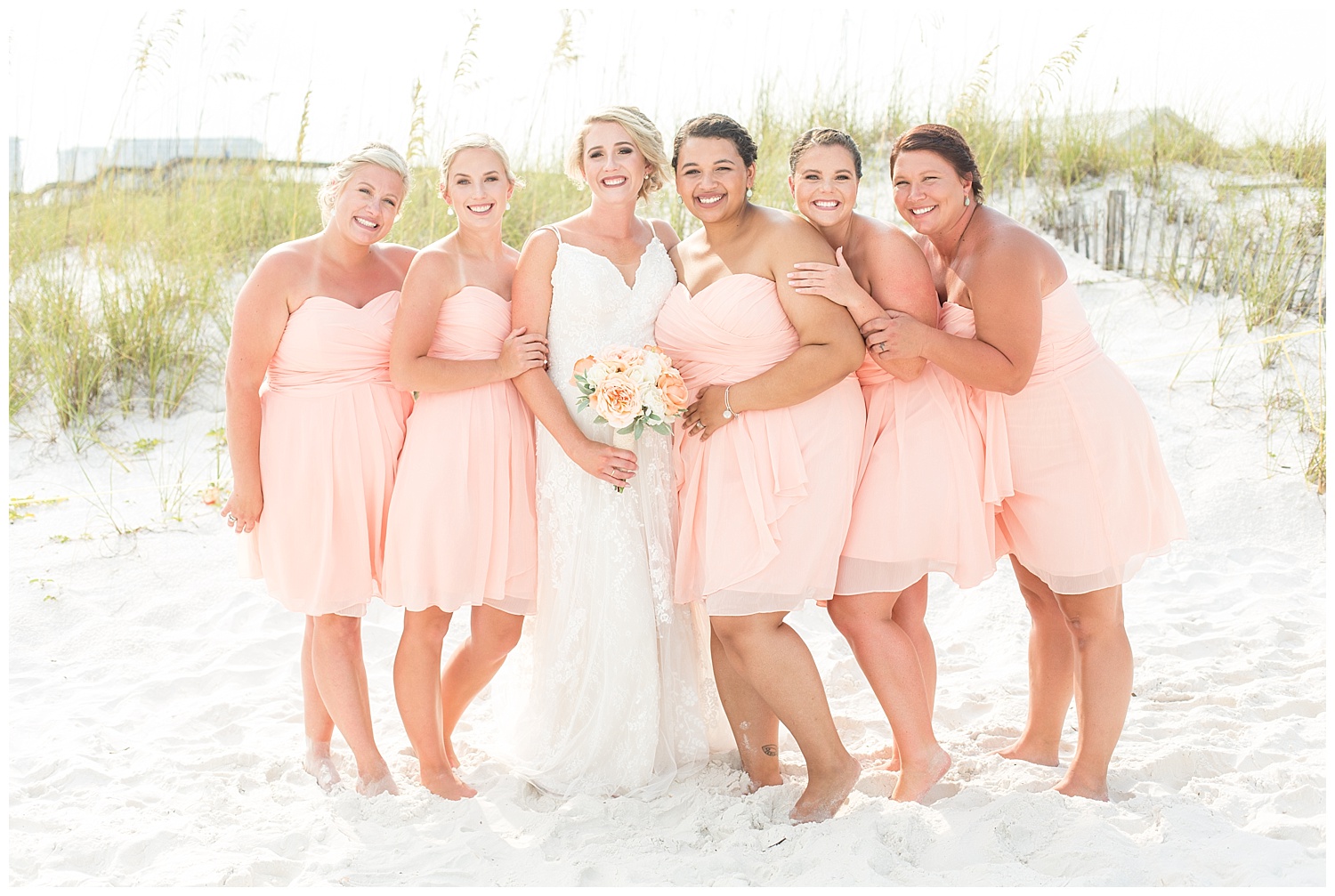
We will never forget shooting our first wedding. We were actually an associate photographer team for our mentors who had spent countless hours training us, shooting with us, and letting us follow them around. They knew we were ready… but oh my goodness, we were nervous! I remember going to this beautiful venue on a golf course and looking around just feeling overwhelmed with where to even start. (That’s why you get there early, folks. So you can have your moments of scouting and planning… and a little bit of freaking out if you’re brand new 😉 BEFORE your clients are with you.) We were seriously AMAZED that our work actually looked like we were professional wedding photographers afterwards, but if we hadn’t known this one CRITICAL piece of information, we could be telling a very different story right now.
So, here it is. You ready?
FIND THE RIGHT LIGHT.
That’s it. Simple, right? Don’t look for the prettiest background. Don’t look for leading lines. Don’t look for the perfect opportunity to frame your clients in or use layering in the image. Don’t get too fancy. Just find the right light.
So, what does that mean exactly? How did we get these pictures at midday in full sun without getting crazy hot spots or harsh shadows?
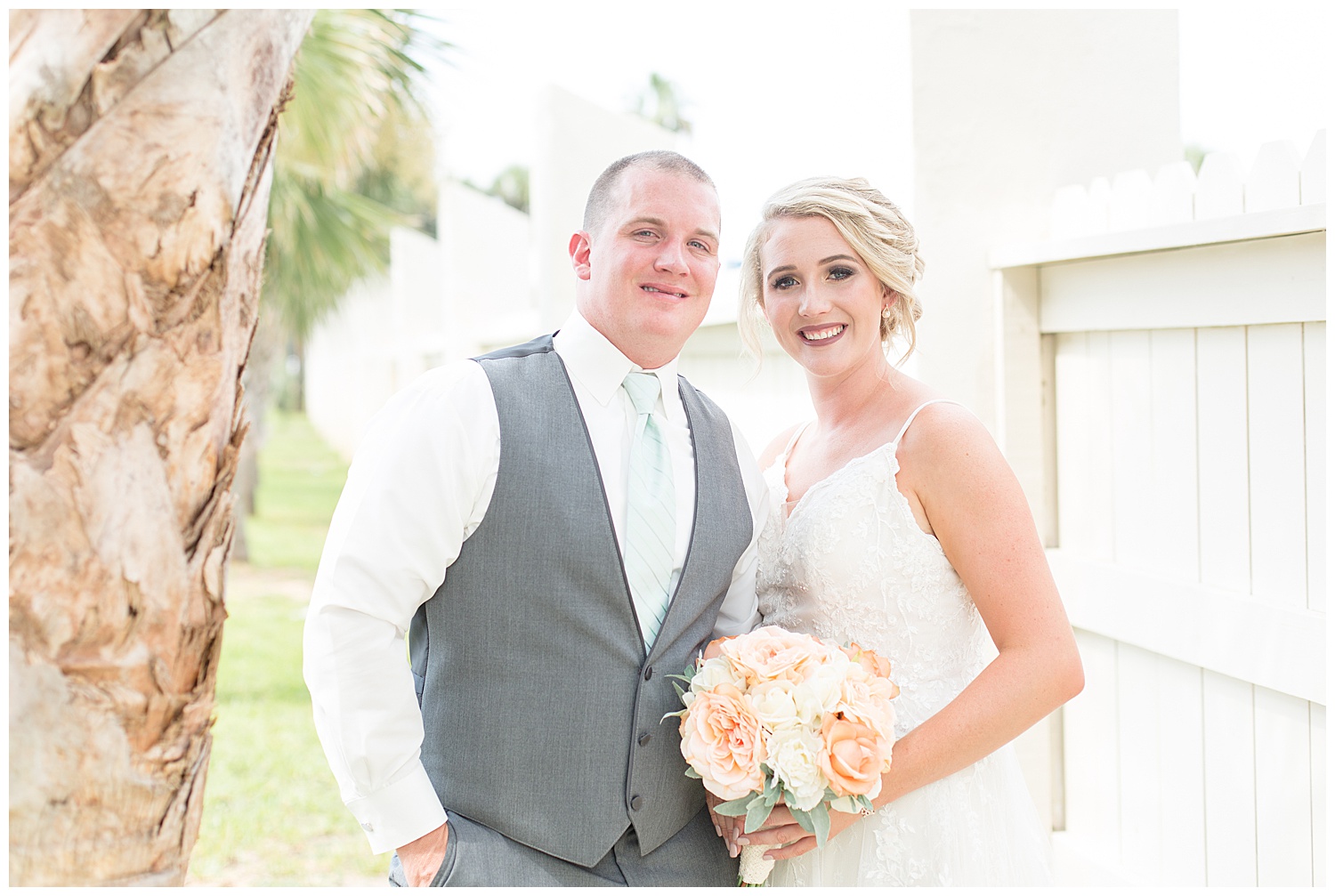
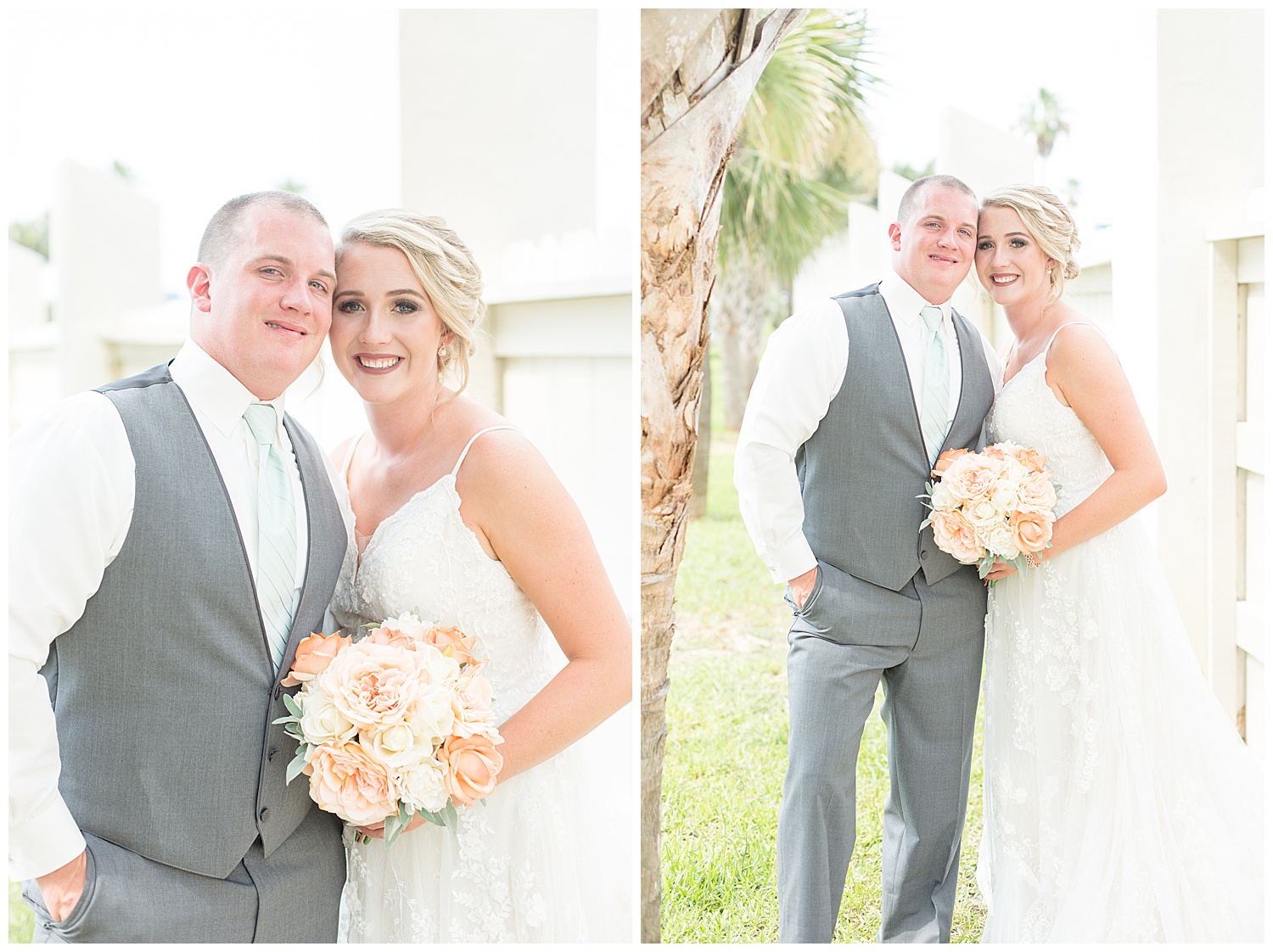
1. Look for Soft, Even Light
If you face your clients toward the sun (like we did to our daughter in this cell phone picture from our front yard this morning), you’re going to get very strong directional light and typically squinting and uncomfortable clients. Or if you let the sun hit your clients from the side, you can see how it casts shadows on some of their face and creates hot spots (blown out parts of the images where harsh sunlight is only hitting a portion of your clients’ faces or bodies). When we turned our oldest daughter with her back to the sun, you can see how her skin tone is now consistent. This is where your planning will come into play – If your client has their heart set on a particular background, you’ll need to be very intentional about what time of day you shoot to ensure that lighting will be flattering for them to get that shot!
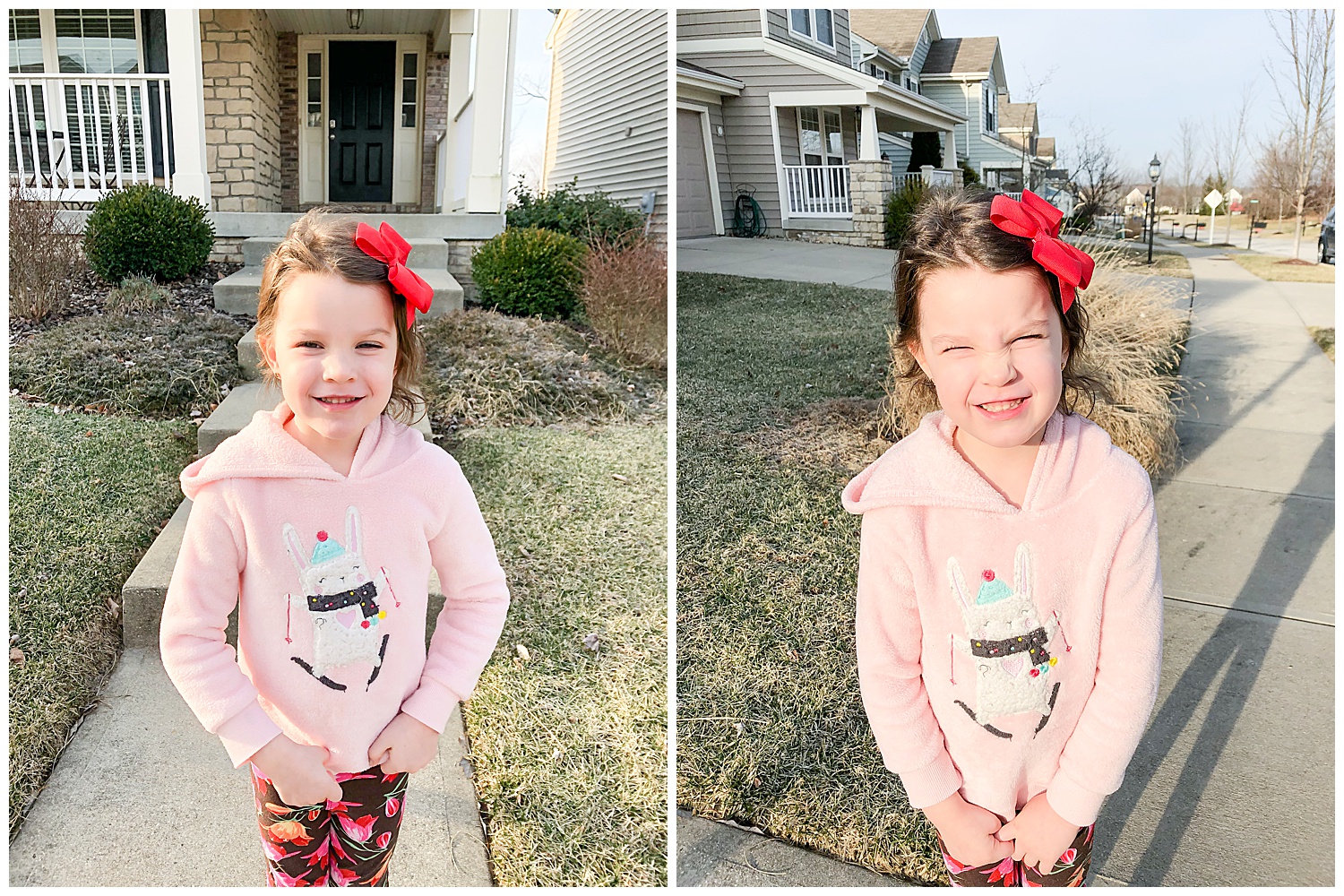
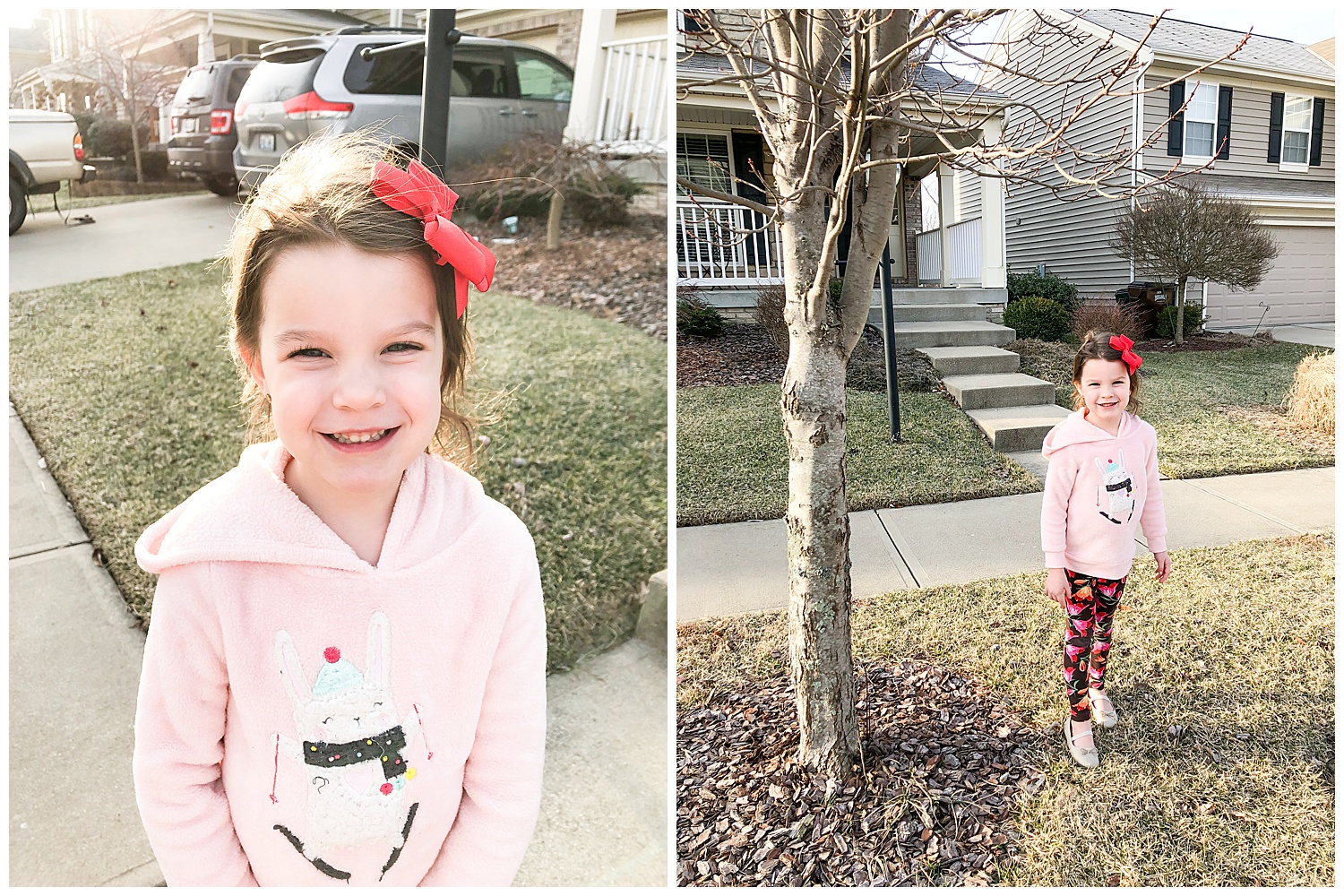
2. Use Objects on Location to Create Shade
When you have a choice, the most flattering light is typically in the hour or two right after sunrise or right before sunset when the sun is lower in the sky and light is softer. But sometimes, we don’t get to choose! Maybe you’re shooting a wedding and portraits have to be taken at noon to make the timeline work. Or maybe you’re taking pictures of a family with a toddler who has an early bedtime or needs a nap. When you are shooting at midday in less-than-ideal light but want a particular background, try using objects at your location to create shade for your subjects. In the bride and groom portraits above, we used a palm tree to block the unflattering directional light that was hitting them from the side. In the last picture of our daughter, we tried to show how even the shade of that tiny tree is enough to avoid harsh light and allow us to flatter her features!
We hope you can start using this tip right away, whether you are taking professional pictures for paying clients or just snapping cell phone shots of your family and friends! If you want more lighting tips, check back here for next week’s ‘Tog Tuesday or follow along on Facebook and Instagram!
read more
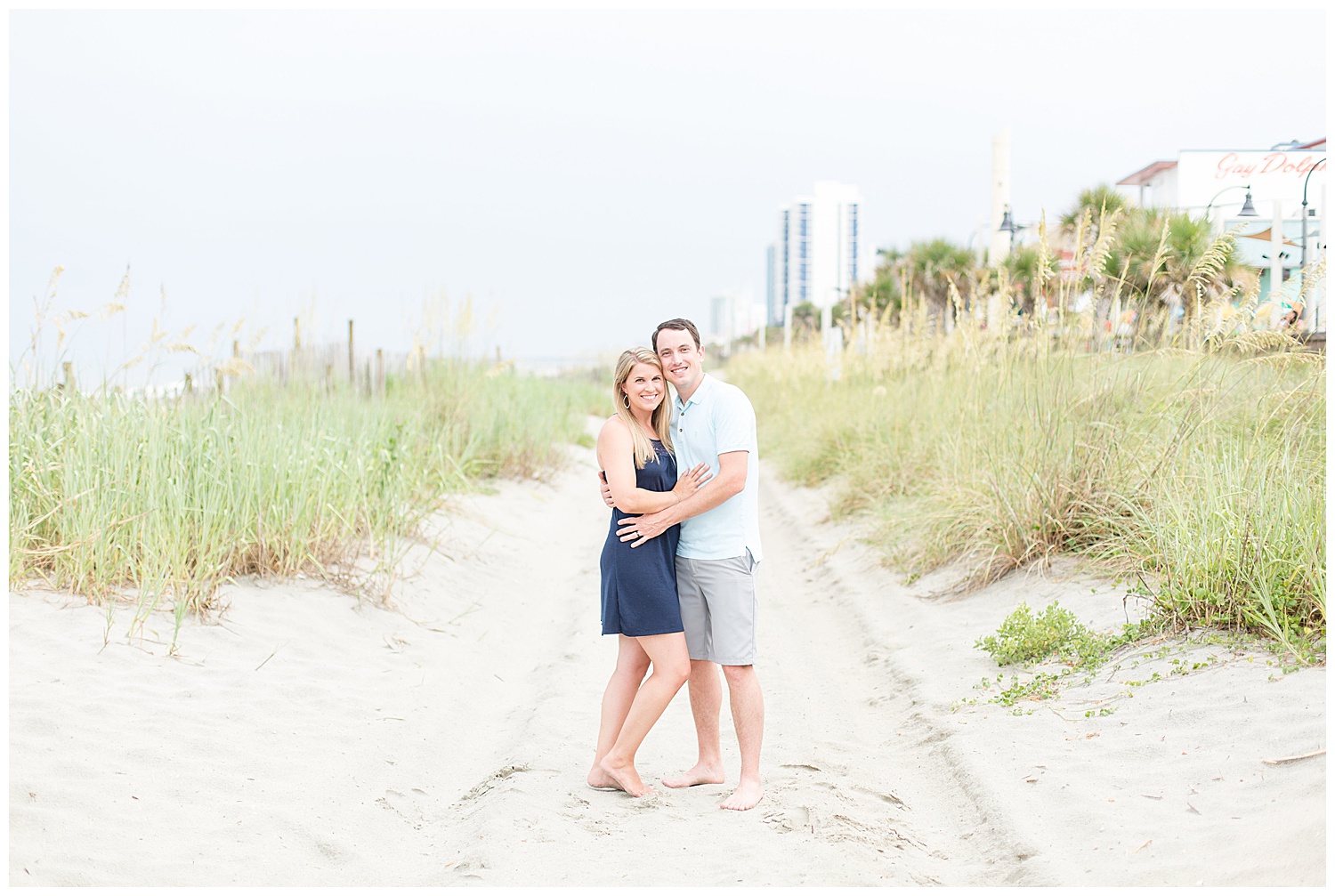
Guys! It’s ‘Tog Tuesday… like PhoTOGrapher Tuesday… get it? We will be popping in a few Tuesdays a month to talk directly to our followers who are photographers and share some FREE education! We were blessed to learn from a mentorship with an amazing husband and wife photography team when we were first starting out, and now we are excited to be able to help other photographers grow and learn!
So many of us gain experience shooting weddings by taking on second shooter jobs. When we were brand new, we were actually third and fourth shooters who were just tagging along carrying bags, watching, and sweating profusely anytime a wedding guest mistakenly took us for “real” photographers and asked us to take their picture. Now that we have been at it for about five years, we thought it might be helpful to know what makes a great second shooter from the lead shooter’s perspective . This should help you make an incredible impression on the more experienced photographer you are working with, which will ultimately land you more second shooting jobs, more experience, and a greater likelihood that you will be prepared and equipped if you decide to begin shooting weddings as a lead shooter!
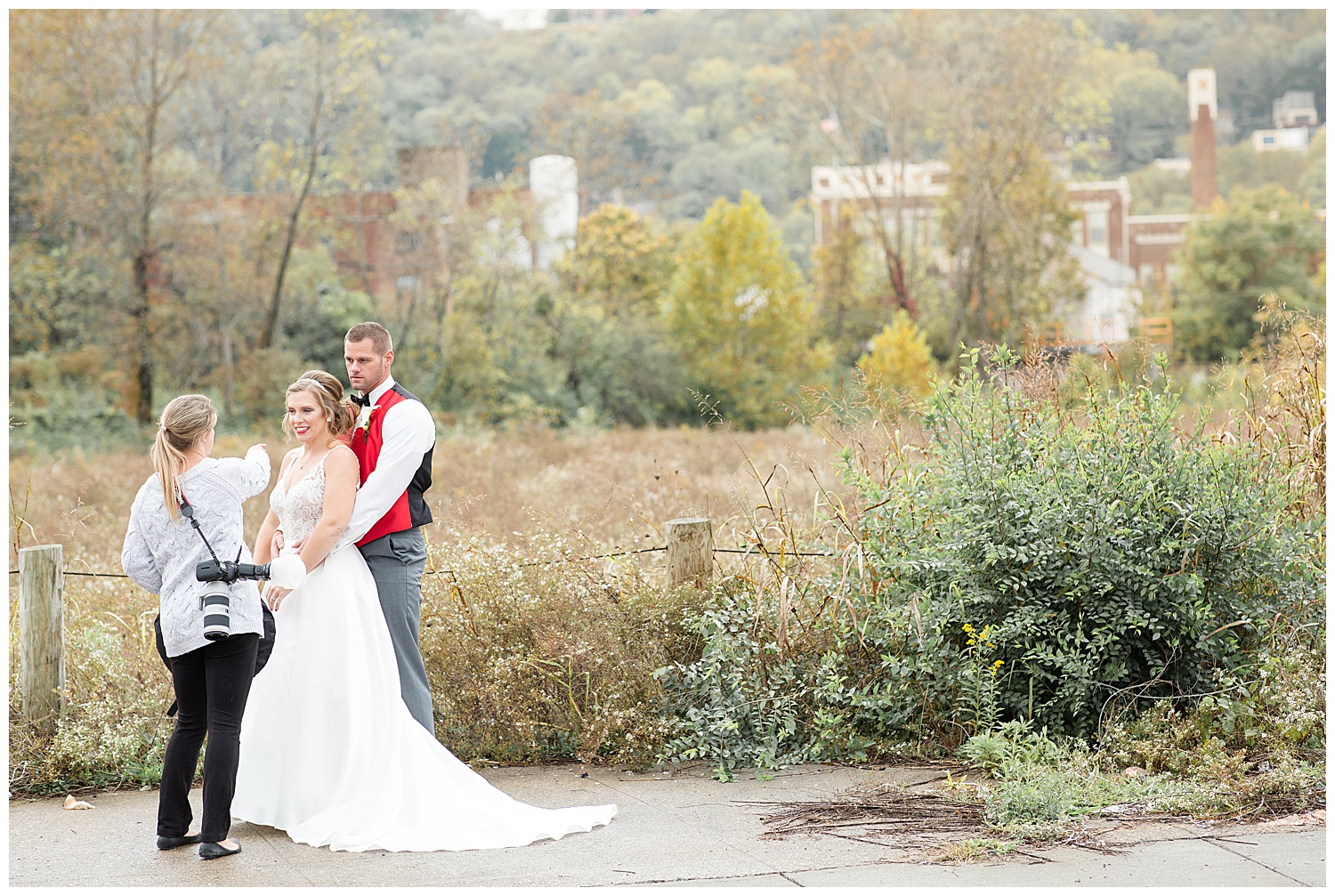
1. Dress Appropriately
This seems like a no brainer, but we have been shocked at how many photographers and videographers show up WAY underdressed. And we aren’t the only ones who notice. If you want to be considered a high end photographer, a professional, someone who can be trusted… well, it starts right here. First impressions make a BIG difference, and what an easy way to start off on the right foot! Consider the venue where you’ll be shooting, and if you’re not sure how dressed up to get, you can always ask the lead shooter. We always recommend going dressier than not though – the picture above is about as casual as we ever get (it was freezing cold so the sweater was a MUST). Typically, dress pants and a nice shirt or dresses/skirts are the way to go.
2. Organize Family Members During Formals
Family formals can be one of the most chaotic times of the day, especially if your clients have a lot of requests for large group shots. You have a lot of people and a small window of time. It goes a LONG way if you can take the stress of finding family members off of the lead shooter. Stage the next group off to the side so the lead can grab them as soon as they are ready. And don’t be afraid to ask one of the bridal party members to help you gather people – they are usually excited to help!
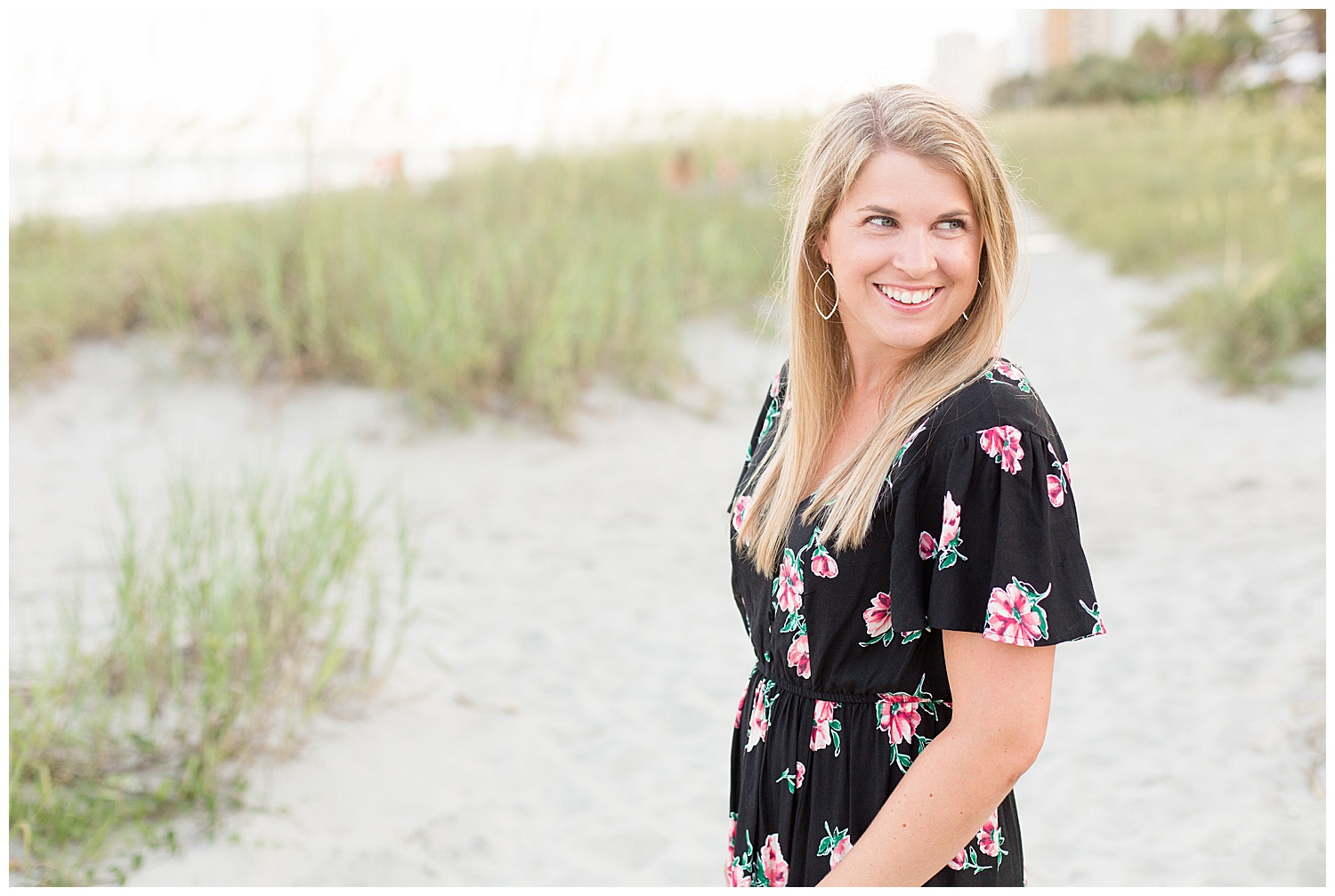
3. Smile
We can’t tell you how many times people have commented on how much we were smiling on their wedding day. It’s such a simple thing, but it goes a long way. We love what we do, and it shows when we are joyful while we work. Always be aware of the stress a wedding day can bring to those who have been planning it for so long… consider yourself an extra member of the bridal party for the day and make sure you bring calm, happiness, and encouragement throughout the day.
4. Get a Different Perspective
It’s tempting to stay right by the lead shooter’s side, but they need you to be getting different shots to add depth to the gallery. Make sure to use a different lens than the lead shooter (we typically use the 70-200 for second shooting to get those zoomed in details and to capture candids from afar without being noticed!). If the lead shooter is taking pictures head on, consider finding a different place to shoot from to help tell a more complete story of the wedding day through a different perspective.
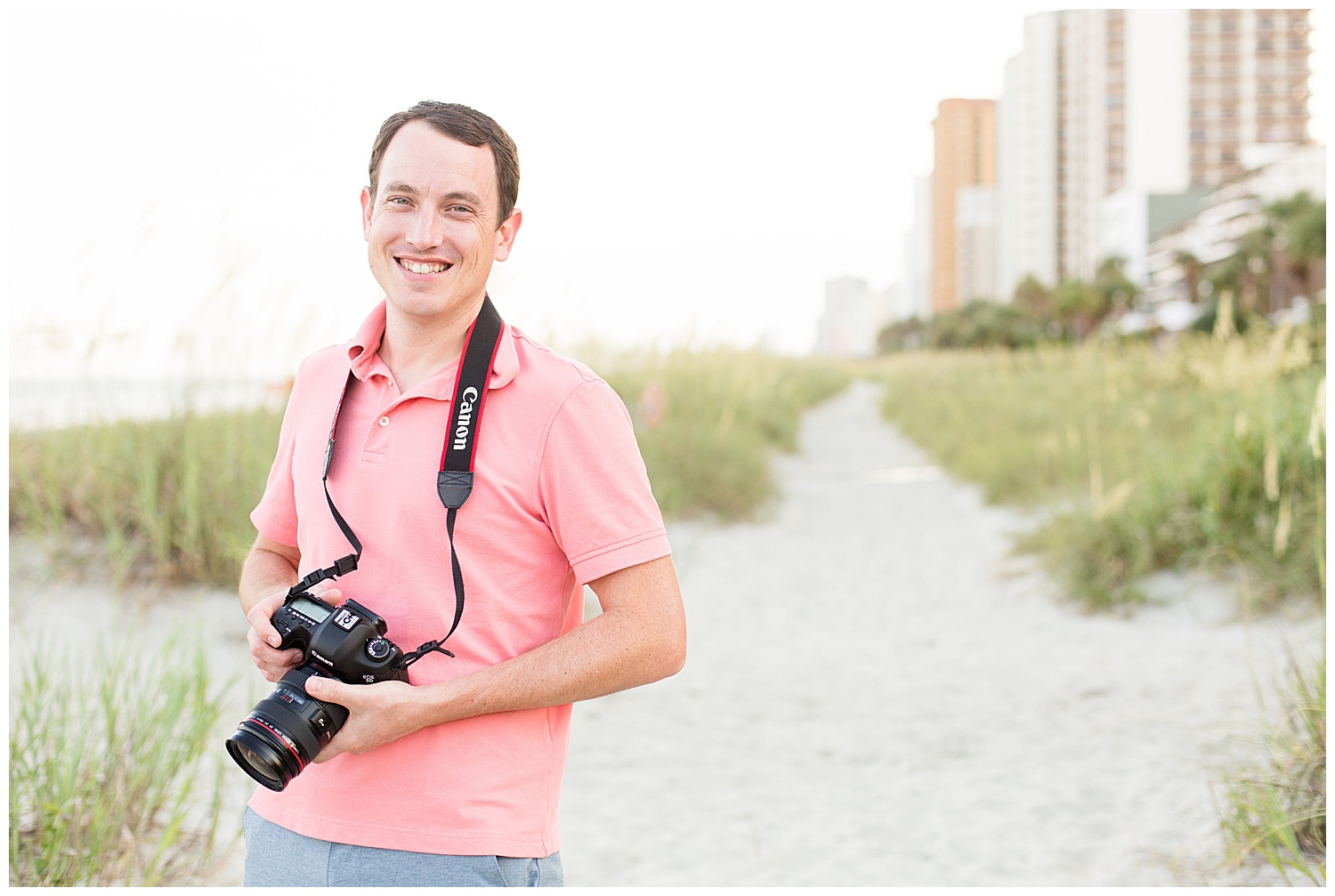
5. Keep Track of the Timeline
It is such a blessing to have someone discreetly reminding you, “We have 15 minutes left of portrait time.” Or “Hair and makeup is running long – we will need to move quickly to get everything in by the first look in thirty minutes.” You can make the lead shooter look great to the clients by helping them stay on top of the day’s schedule, which will ultimately make you look great to the lead shooter!
6. SERVE. SERVE. SERVE.
This is really what it all comes down to. Sure, second shooting can be great for getting some killer new images in your portfolio, learning from a more experienced photographer, and getting the inside scoop on how to create a great client experience on a wedding day. But in the end, that’s secondary to making sure the client has incredible memories to look back on and relive their big day. So what does that look like? It may look like putting away your camera and holding a reflector to make sure the bride looks incredible during portrait time. It may mean offering to carry bags or grab water or hold the veil for an epic shot. And when you aren’t spending time making sure the lead photographer has everything they need to take amazing pictures, you should be serving the clients – pinning boutonnieres, holding flowers, fluffing the dress… We have done everything from offering clients our jackets or shoes (like, literally the ones we are wearing) to bustling dresses to putting in veils…. You never know how you’ll be serving on a wedding day, but whether you are the second shooter or the lead, you should ALWAYS be looking for ways to serve.
